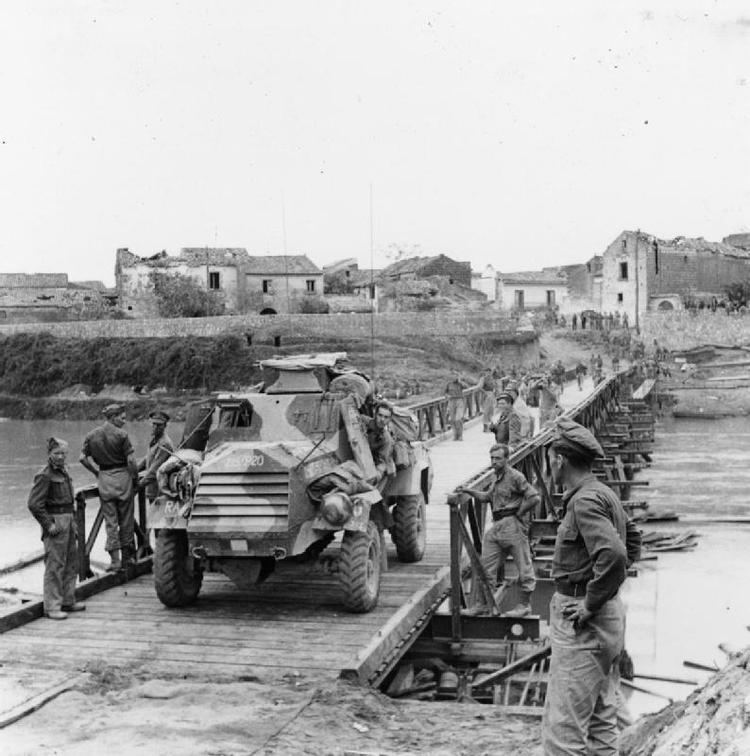Length 4.50 m (14 ft 9 in) Height 2.44 m (8 ft 0 in) Armour up to 12 mm | Width 2.16 m (7 ft 1 in) Crew 3 | |
 | ||
Weight 4.44 t (4.37 long tons; 4.89 short tons) | ||
The Otter Light Reconnaissance Car (known officially by the British as "Car, Light Reconnaissance, Canadian GM Mark I") was a light armoured car produced by Canada during the Second World War for British and Commonwealth.
Contents
History
The Otter Light Reconnaissance Car (LRC) was developed by General Motors Canada to meet the demand for this type of armoured car. The design followed the layout of the British Humber Mark III LRC. The Otter was based on the Chevrolet C15 Canadian Military Pattern truck chassis and used many standard GM components. The armament consisted of a hull-mounted Boys anti-tank rifle and a Bren light machine gun in a small open-topped turret. Although it used a more powerful engine than the Humber, it was larger and heavier (by a ton); overall performance was less than that of the Humber, but still acceptable.
Between 1942 and 1945, 1761 units were produced in Oshawa, Ontario, though fewer than 1,000 were delivered overseas. The Otter served with Canadian units in the Italian Campaign and Northwest European operations. It was also employed by the South African Army and the British RAF Regiment. Some RAF regiment vehicles used aircraft armament such as 20mm cannon and 0.303 Browning machine guns. After the war the Otter was used by the Jordanian Army and Dutch Army during the Indonesian Revolution.
